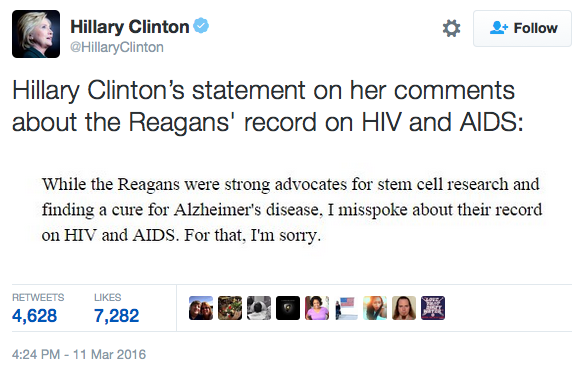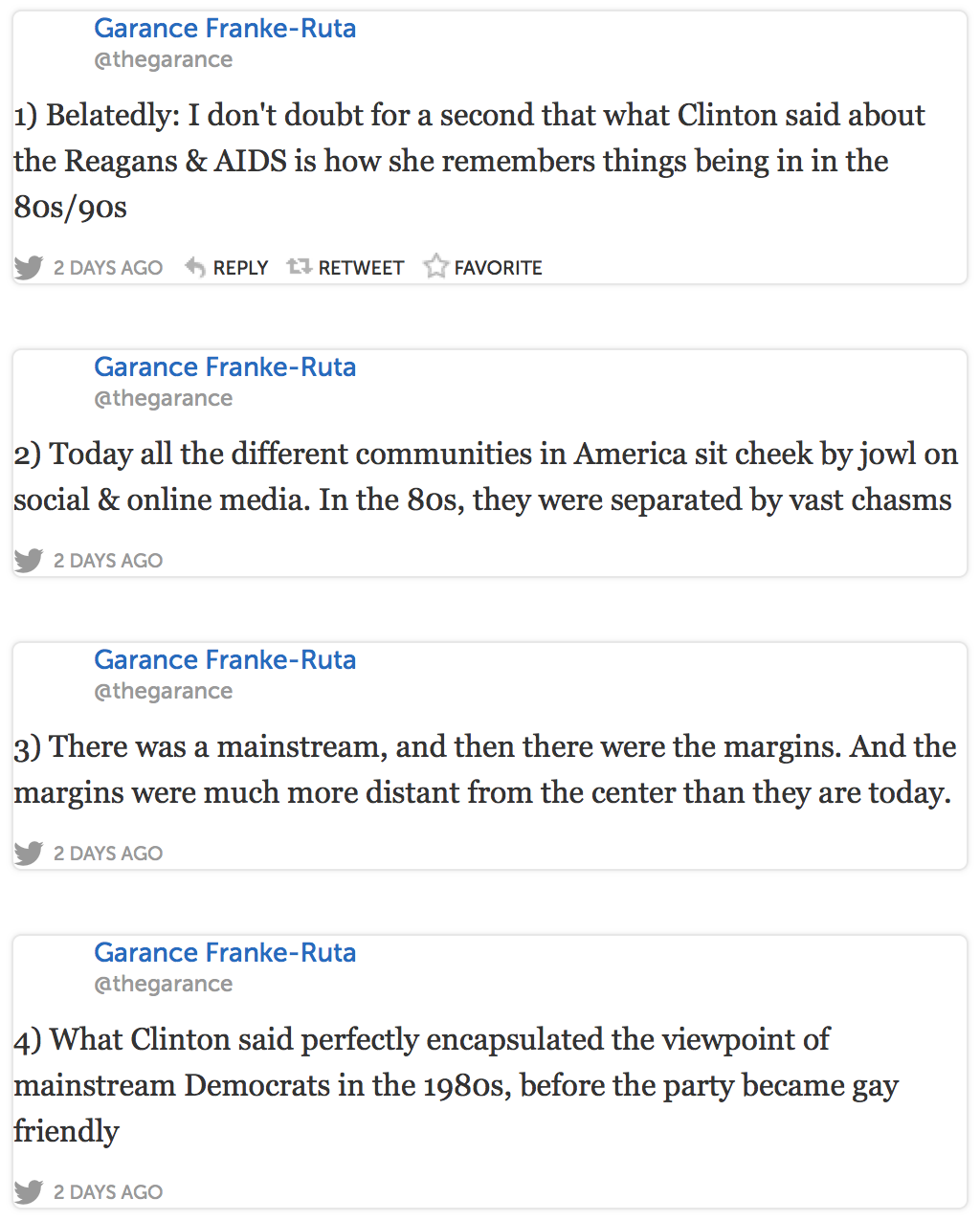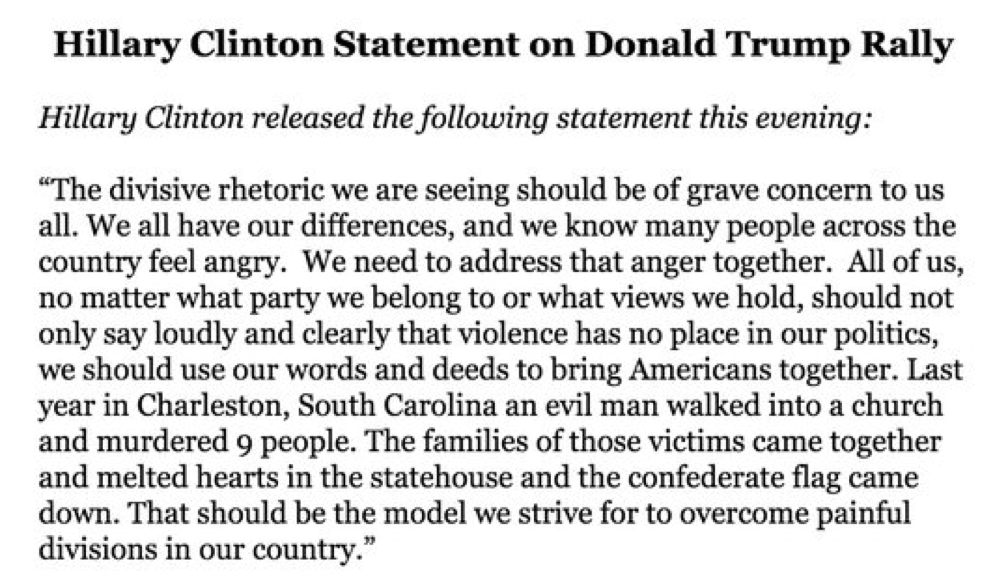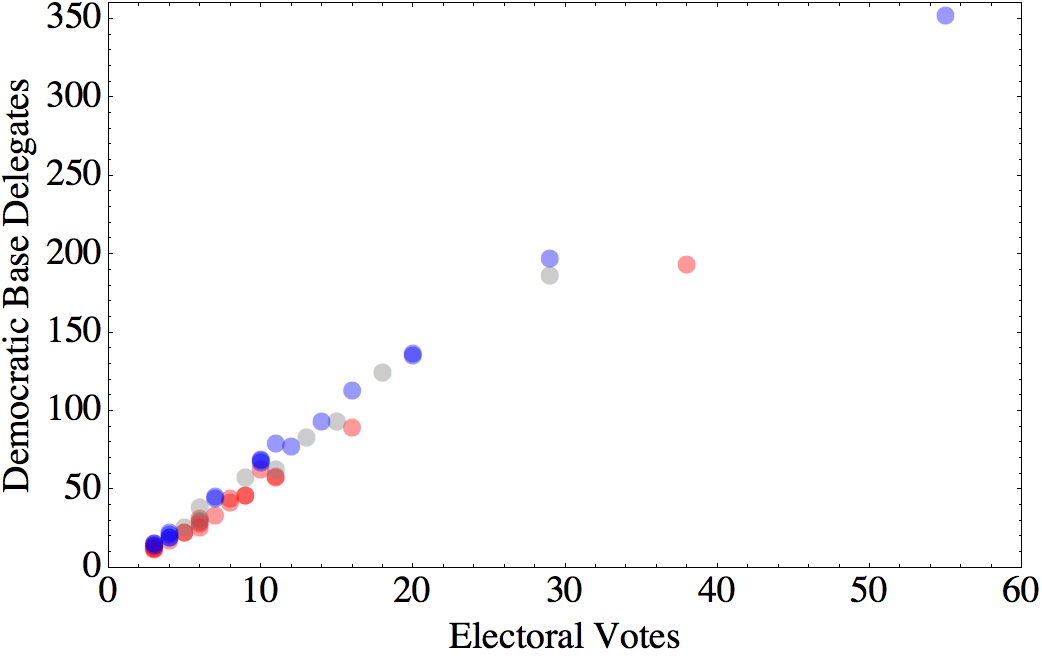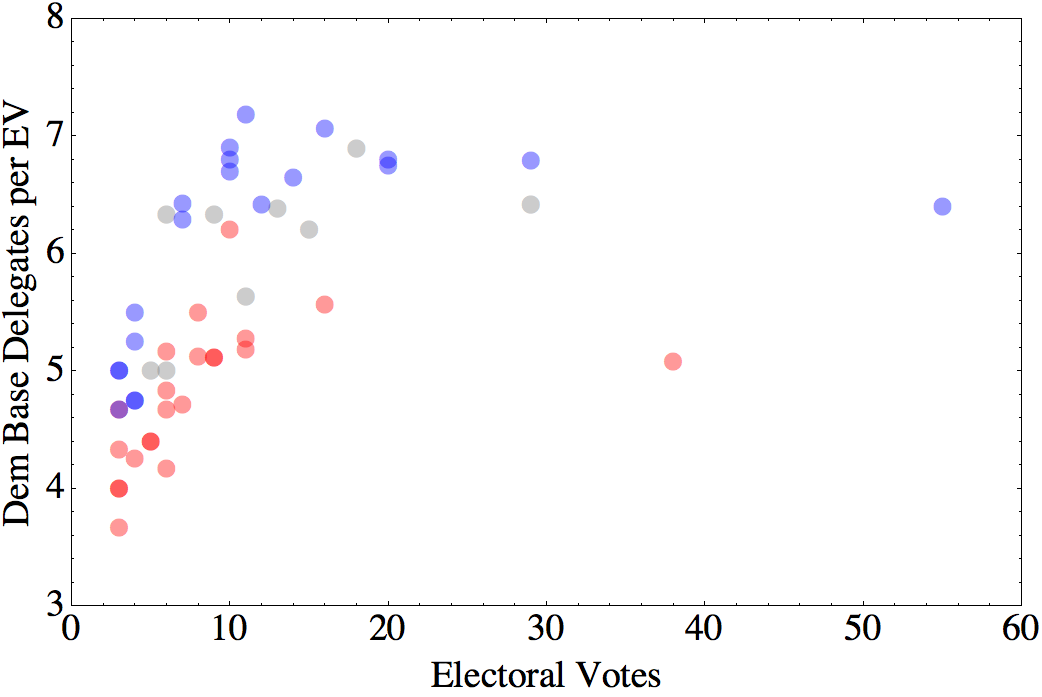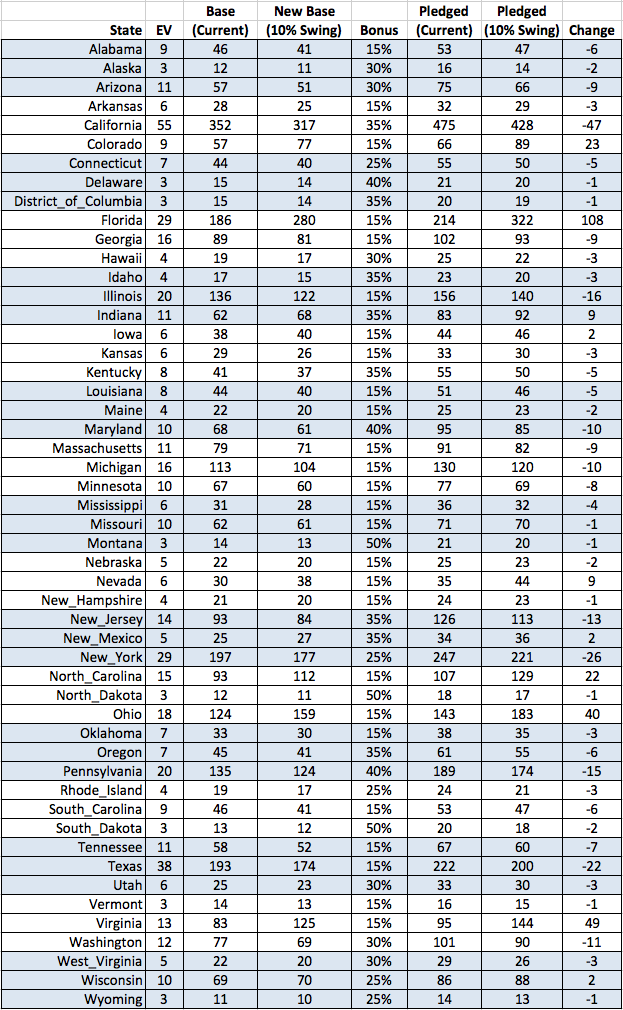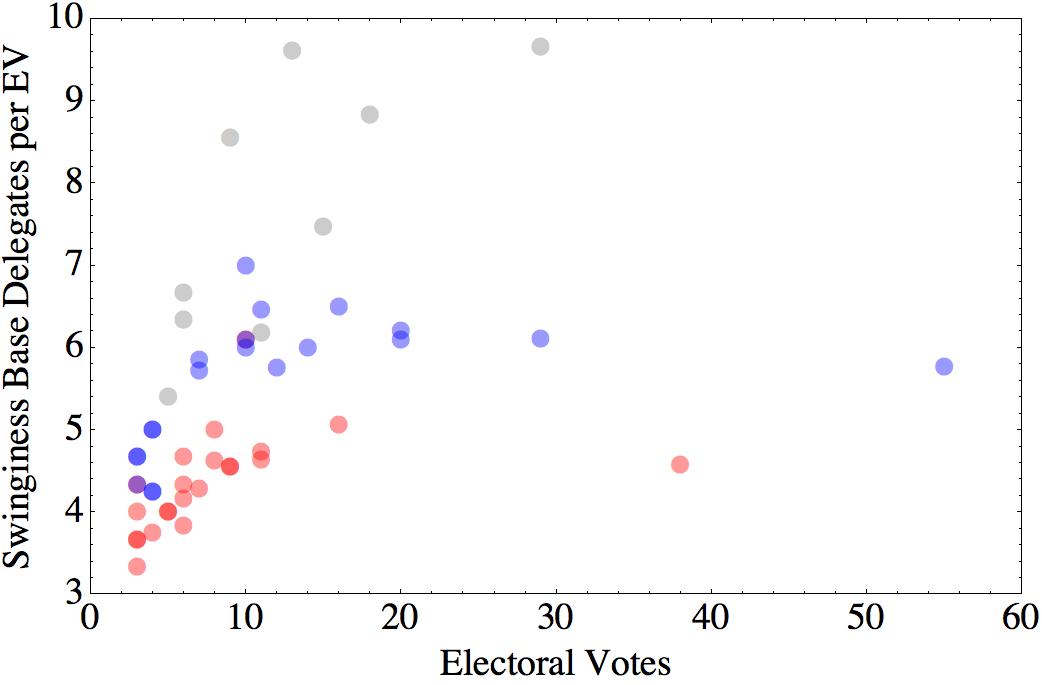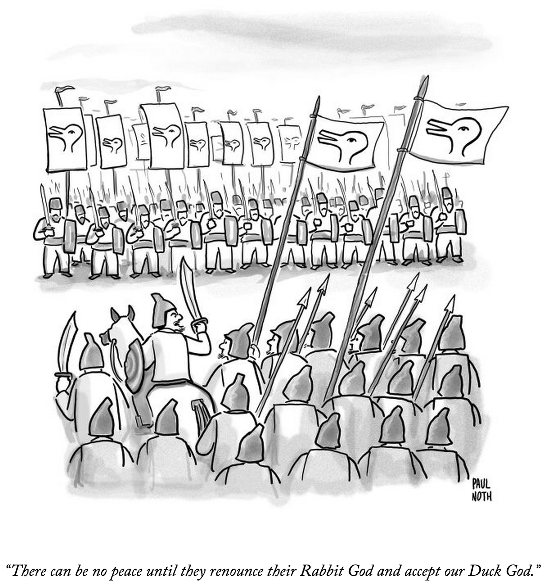On Friday, May 23, the nation was stunned by 22-year-old Elliot Rodger, who went on a shooting rampage in Isla Vista, California, where he murdered six people, sent seven others to the hospital, and eventually killed himself. Details about Rodgers emerged quickly, most notably a trail of extreme misogyny in the form of a 140-page manifesto, online videos, and participation in discussions on a site for failed pick-up artists. In his last video message, he said
You forced me to suffer all my life, now I will make you all suffer . . . All you girls who rejected me, looked down upon me, you know, treated me like scum while you gave yourselves to other men. And all of you men for living a better life than me, all of you sexually active men. I hate you. I hate all of you. I can’t wait to give you exactly what you deserve, annihilation.
Within a couple of days, though, the race was on to control the narrative, to define what, exactly, had caused this tragedy. Some people (e.g., at the New Statesman, the American Prospect), pointed to a misogynistic ideology, which is pervasive through much of our culture, and can be found in its most distilled form in the Pick-Up Artist (PUA) and Men’s Rights Activist (MRA) communities.
Other, stupider people tried to point the finger elsewhere. In the Washington Post, film critic Ann Hornaday argued that it was because the “schlubby arrested adolecsent” in Judd Apatow films always gets to have sex. Fox News – presumably after having tried and failed to find some way in which Rodger was actually Black, or Muslim, or a secret-pro-gun-control-false-flag-sacrificial-lamb – ran a segment in which they brought in a psychotherapist / psychologist to speculate that the shootings were the result of his “fighting against his homosexual impulses”.
Obviously, guns were involved in the crime, and the shooting is already being used to argue for new gun control laws, but it appears that the first three victims were stabbed to death. Likewise, mental health was clearly an issue, as it almost always is in these cases. However, to the extent that blame for this crime can be ascribed to “gun culture”, or to the systematic deficiencies in our mental healthcare “system”, both of these causes pale in comparison to the normalization of an extreme, violent misogynistic ideology.
So how, exactly, are the MRA and PUA groups to blame here? No one is saying that they are directly responsible for these murders. However, in the absence of these groups, and the broader culture of mainstream misogyny, I think it is unlikely that Elliot Rodger would have wound up where he did.
The key concept here is psychological priming. When we evaluate things, whether actions, or people. or values, we evaluate them in comparison to something else. Marketers know this, and they exploit it regularly: sales are attractive because they make us feel like we’re getting a bargain. The fact is, I have no absolute sense of how much a box of mac and cheese should cost. If I walk in to the grocery store and see that it costs $1.59 for a box, I’ll think, “Okay, I guess that’s how much it costs.” But, if I see that it normally costs $1.99, but is on sale for $1.59, I’ll feel like I’m getting a great deal.
Similarly, fancy restaurants often have one or two high-priced items on the menu, and wine stores will stock a handful of bottles of extremely expensive wine. Even if no one ever orders or purchases these high-end goods, it is worth their while to stock them, because their real value is in making the rest of the prices look more reasonable. If there’s a thousand-dollar bottle of wine on display, you’re more likely to spring for the hundred-dollar bottle.
There’s not much question that Elliot Rodger was mentally ill. Maybe it was inevitable that he was going to lash out against women in some way, that he was going to do something horrible that went three steps over the line. MRAs don’t bear any responsibility for that.
What the MRAs and PUAs are responsible for is where the line was. And they’re responsible for working to make it seem normal – even admirable – to stand as close to the line as you can get.
Like most poisonous ideologies, misogyny tends to get whitewashed with Orwellian double-speak and dog whistles. In public discourse, at least, MRAs are not “against women”, they are against “women getting special rights”, just as homophobic bigots are against “special rights for gays”.
More broadly, very few men would claim to have a problem with women, but a lot of men have a problem with women who are “stuck up bitches”, or who are “psycho”, just as most racist troglodytes “don’t have a problem” with black people in general, just the “lazy” or “criminal” or “entitled” ones.
Whether we’re talking about racism or homophobia or misogyny, there is a societal sense of what sorts of statements and actions are and are not appropriate – of where the line is. The finely carved rhetoric of most MRAs is an attempt to make sure that they stay on the right side of that line. In a way, that’s a good thing. The problem is that when you normalize behavior that is just on this side of the line, you make it that much easier for someone who is angry or mentally ill to cross over that line. Because that is how our brains work.
No matter what the societal norms are, there will always be people who are outliers. That means that if you work to create societal norms that are just this side of physical violence towards women, you all but guarantee that there women will be targeted with physical violence.
Imagine if we lived in a society where misogyny was not endemic. Maybe in that society, Elliot Rodger still winds up as a mentally ill kid with a lot of frustration and anger directed at women. Maybe he still steps way over the line of acceptable behavior. But maybe that means that when he goes to a party, hits on a girl, and gets turned down, he throws his beer in her face and calls her a bitch.
Imagine if that was what three steps over the line looked like, and calling a woman a bitch for not going out with you was national news, the sort of thing that would result in someone like Rodger receiving the psychological help he needed.
Is that scenario even possible? Well, just how far the line of societal norms could be moved depends on the answers to a whole lot of nature/nurture questions. But there is no doubt that we could achieve something closer to that scenario than what we have at the moment.
But the other problem is that we have gangs of the Men’s Rights Activists and Pick-Up Artists tripping over each other to position themselves just on this side of what is acceptable. It’s like that scene in World War Z, where the zombies pile on top of each other until some of them can make it over the wall. Elliot Rodger is the one who made it over the wall, but all the MRAs and PUAs who have been normalizing misogyny helped him over, and they absolutely bear responsibility for the murders he committed when he landed on the other side.

